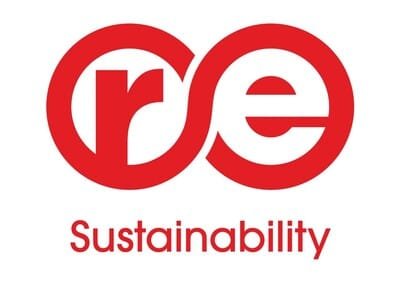Multi-pronged approach for tourism
An industry paper has suggested the government take a multi-pronged agenda to make India the world’s most preferred travel destination.
The Knowledge paper on “Investment in Tourism Infrastructure Unleashing the Growth Potential” has suggested an agenda to package and market newer destinations and experiences thereby ensuring adequacy of carrying capacity and exponential growth in tourism.
The Paper highlights the potential areas of development, the recent initiatives of the Government and key recommendations for establishing India as the world’s most preferred travel destination.
The Knowledge Paper was released in New Delhi on July 28, 2016, by the Federation of Indian Chambers of Commerce and Industry (FICCI) and YES BANK.
Says Dr. Jyotsna Suri, Immediate Past President, FICCI, Chairperson, FICCI Tourism Committee and Chairperson & Managing Director, Lalit Suri Hospitality Group, “The challenge lies in building the world class infrastructure, rationalize cost of land procurement and simplify licenses of land towards creating ‘Brand India’. In order to achieve this, Government, Industry and Institutions must make collaborative efforts to create a supportive ecosystem for tourism.”
According to Rana Kapoor, Managing Director & CEO, YES BANK, “Steps such as improving infrastructure and connectivity, tourist assistance facilities, safety and regulatory framework, as well as ensuring convenient visa, immigration and customs procedures, will be pivotal for leveraging the full potential of this sector. Further, policy reforms for rationalization of land procurement costs and single-window clearance systems will significantly boost investments in the sector.”
The following are action points suggested by the FICCI-YES BANK paper:
Encouragement of Private Sector Investment: In order to promote investment in Tourism and Hospitality Sector, it is suggested that ‘Infrastructure’ status for hotel projects provided as per current cost based criteria of `200 Cr. may be amended to `20-25 Cr. to enable inclusion of 2-3 star hotel category of hotels. Hence, reducing the cost of borrowing for potential investors and encourage creation of required tourism infrastructure.
Export Industry Status to Tourism Sector: Travel and Tourism industry in India is one of the largest contributor of Foreign Exchange Earnings. Given the quantum of foreign exchange attracted by the sector it is recommended the industry may be given ‘export industry’ status.
Intelligence and Tourist Research: Tourism data analysis is most critical for tourism planning. Hence there is imperative to establish tourism research wings at state and central level for conducting tourism studies, identifying issues, forecasting tourists and planning for tourist infrastructure etc.
Further a repository of best practices (India and abroad) in tourism sector for implementation in India may be developed.
Amusement Industry: The potential of amusement industry has still not realized to the fullest to attract tourists to India. The engagement, entertainment and leisure elements of tourism needs to be blended at the tourist destinations.
India as a ‘safe’ Tourist Destination: States may undertake various initiatives like setting up surveillance cameras, tourist police, 24*7 help lines, compulsory registration of tourist guides operators etc. to ensure safety of the tourists. These initiatives may be highlighted by the states/Central Government in various promotional campaigns to project India as a safe and secure tourist destination.
Seamless Travel: States may collaborate and facilitate seamless travel across various identified integrated circuits through integrated taxation regime, public transport modes and initiatives such as smart travel cards etc.
Skill Development: Availability of skilled manpower for tourism is a major challenge faced by the tourism industry. In addition to tour operators and hotel staff, the unorganized sector also needs to be skilled beginning with the most informal avenues of spending such as the street vendors and food hawkers.
Tourism Infrastructure: Tourist amenities available at various destinations need to be improvised. These include basic amenities such as drinking water, well maintained and clean waiting rooms and toilets, first aid and wayside amenities such as lounge, cafeteria, motels and parking facilities, among others. There may be allowance of free inter-state tourist vehicle movement. The quantum of investment in tourism sector by the Governments may be increased in line with other international tourist destination; emphasis may be given on improving civic amenities on PPP model.
Environment & Community Engagement: There is an urgent need to incorporate a sustainability perspective in tourism development plans/projects to prevent long term environmental degradation which has emerged as a key challenge in the recent times. To address these concerns, more community participation in the entire tourism value chain is essential for further sensitization and preservation of our natural resources.
Land Bank: States may develop land bank outlining the land parcels owned by various departments of the State Government which are available for tourism projects. The land bank should be made accessible over an interactive web platform enabling investor to assess the preliminary viability of the land parcel.
State Owned Tourism Units: State Tourism Department may make an assessment of various state Owned Tourism Units and identify the units which can be operated on suitable Public Private Partnership models. fii-news.com











